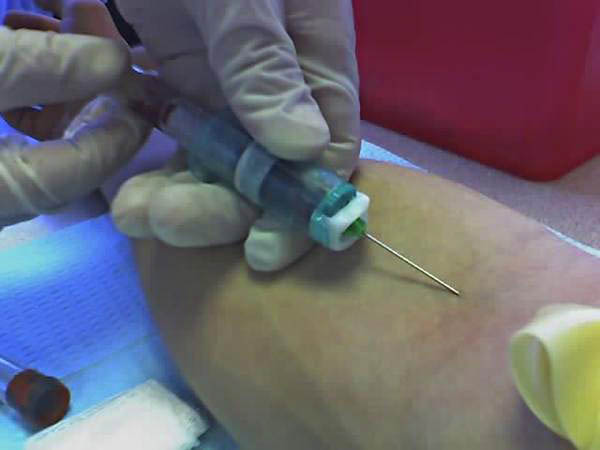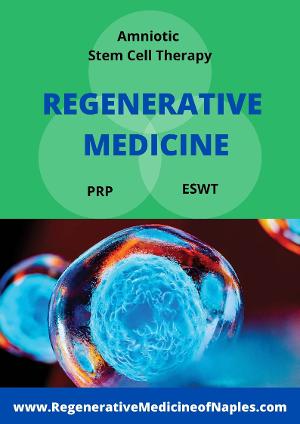Q:
Where do stem cells come from?
Q:
How are stem cells used for treatment of musculoskeletal problems?
What happens during a procedure?
Q:
How long does it take to see improvement?Q:
Will insurance pay for these procedures?
Stem cells hold the promise of treatments and cures for many diseases and conditions that affect millions of people.


Home / Stem Cell Therapy / PRP / ESWT / Dr. Kevin Lam / Patients / Press / Blog / Contact / Reviews
Call Today: 239 430 3668 (FOOT)
Self Service # (239) 420-7170
Fax: 239 692 9436